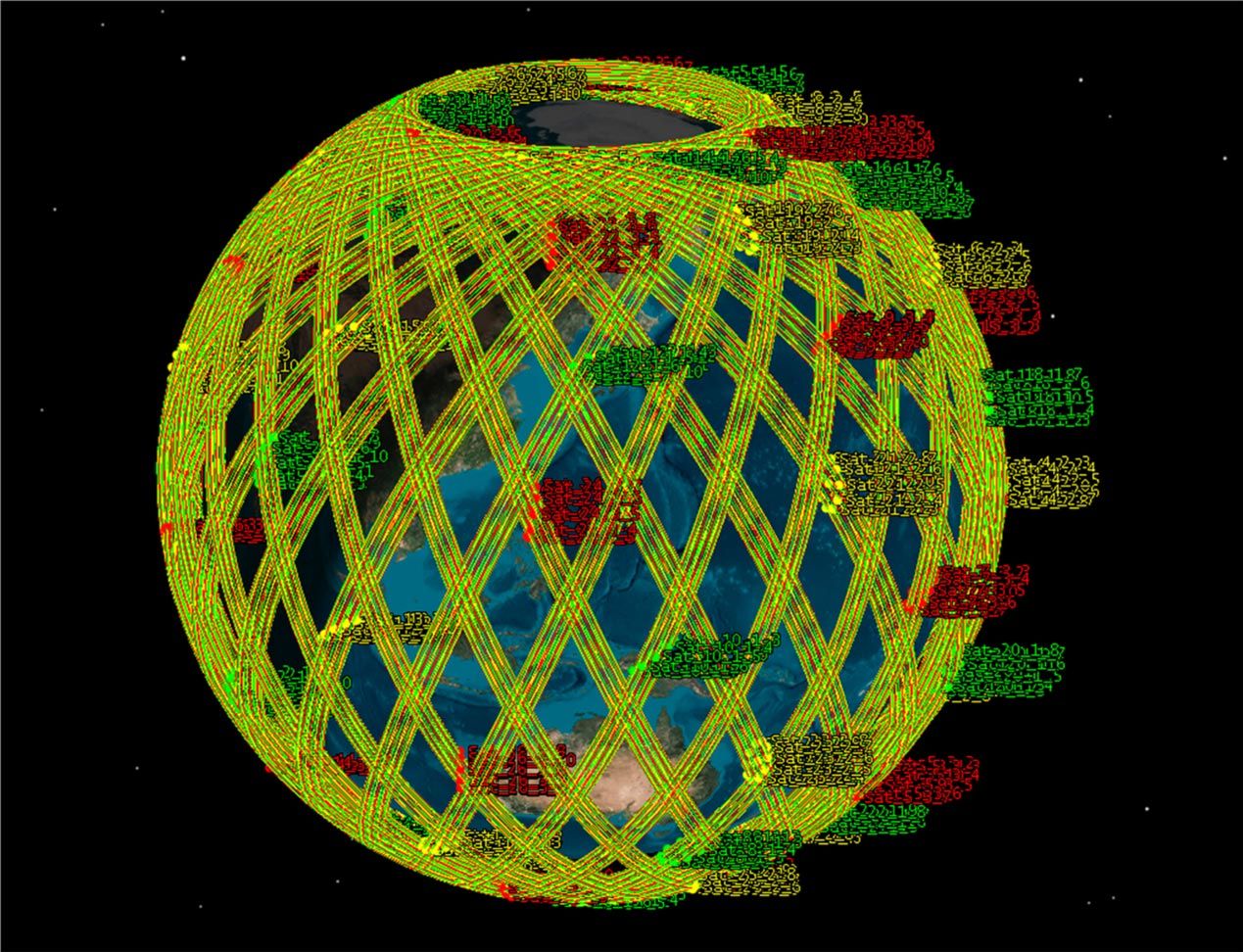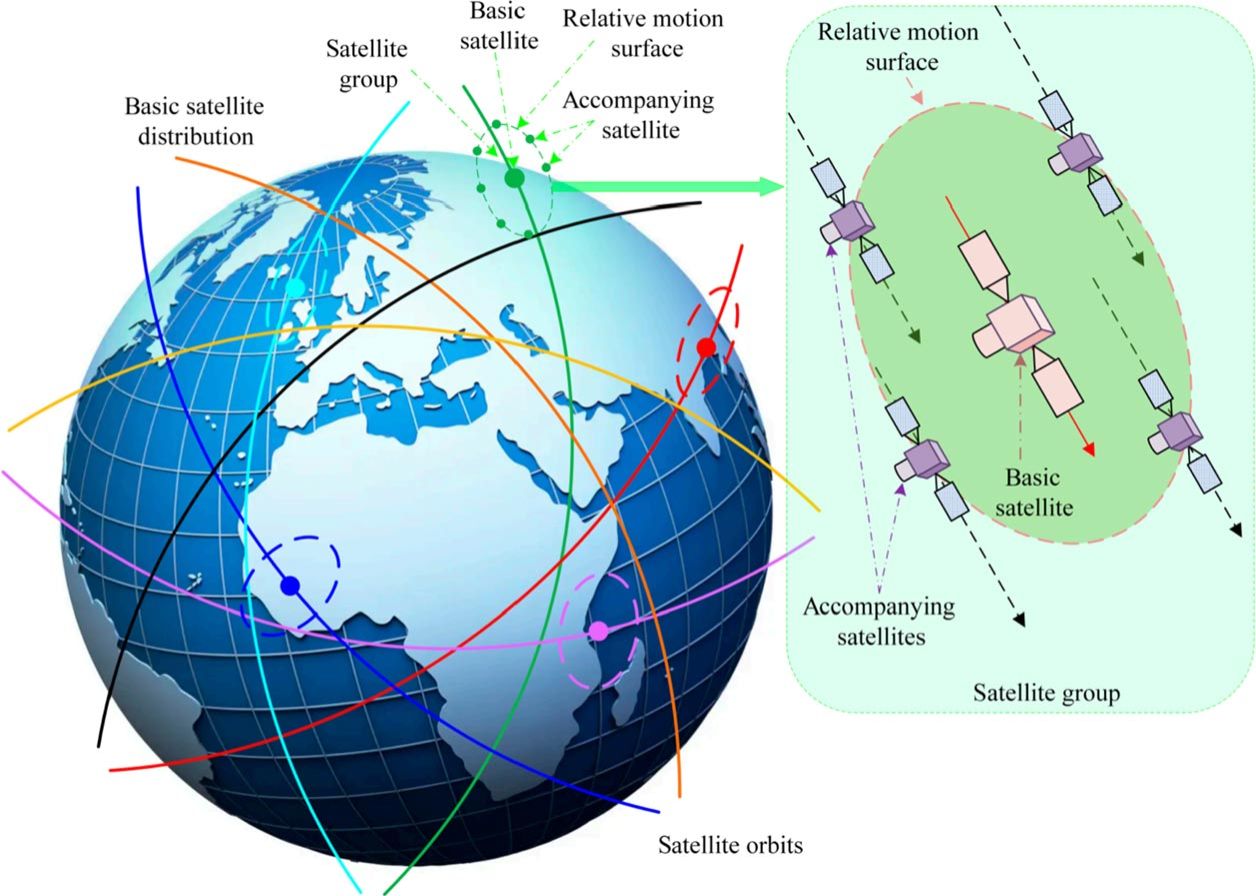🛰️ A photographic map of Earth every 35 minutes
Follow us on Google News (click on ☆)

Final configuration of the LEO mega-constellation. Credit: Space: Science and Technology
Until now, satellite constellations have been used for navigation, global internet, and space research. Well-known systems like GPS, Glonass, Beidou, or Starlink rely on satellite fleets to ensure continuous coverage. With this new approach, researchers aim to improve Earth imaging and rapid data transmission.
Designing such a constellation is not simple. It's no longer enough to distribute satellites evenly around Earth. Today, factors like image quality, transmission speed, and the ability to meet very specific needs—such as monitoring a precise location or delivering data in record time—must also be considered.
Researchers from Harbin University, the Chinese Academy of Space Technology, and the Stevens Institute in the U.S. have developed a novel method. They proposed organizing satellites into "clusters," where each primary satellite is surrounded by several companions. This structure makes the constellation more flexible and efficient in meeting user needs.
To ensure global coverage, they distributed these clusters uniformly around Earth. Each cluster follows the same ground track, guaranteeing no region is overlooked. Precise calculations were used to stabilize satellite orbits despite Earth's slightly irregular shape.

Orbital distribution of the LEO mega-constellation. Credit: Space: Science and Technology
The researchers also accounted for each satellite's observation bandwidth. This helps determine how many tracks are needed to cover the planet without gaps. For urgent imaging or data needs, they designed the system so multiple satellites can respond quickly, ensuring near-continuous availability.
Next, they adjusted the companion satellites' trajectories using advanced optimization techniques. This maintains cluster formation despite natural disturbances. The method relies on precise calculations to adjust satellite speed and position over time.
Simulations confirmed the method's robustness. The final constellation comprises 891 satellites: 81 primary and 810 companion satellites. Every point on the globe (except the poles) can be observed in under 35 minutes—a remarkable technological achievement.